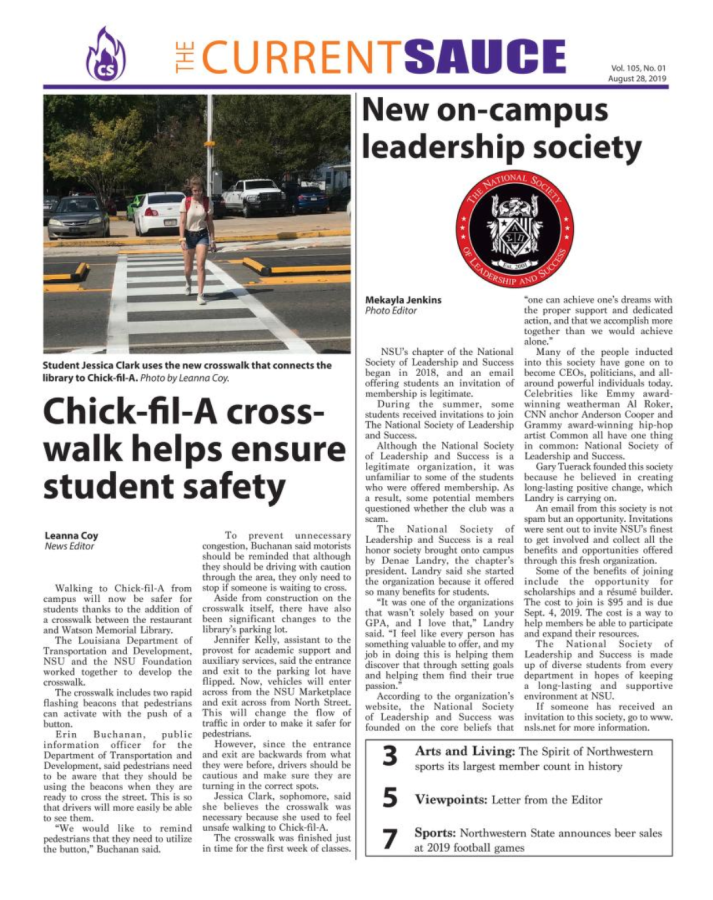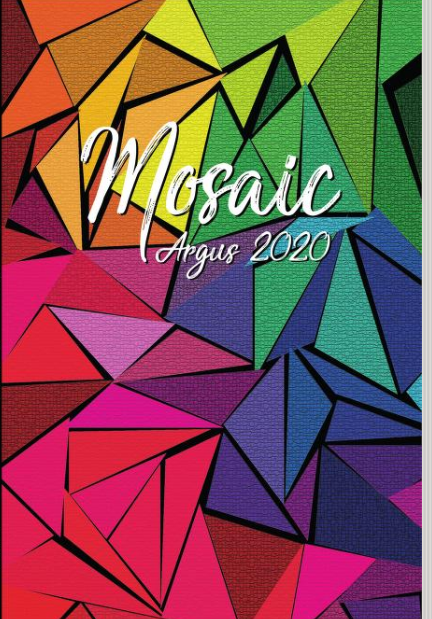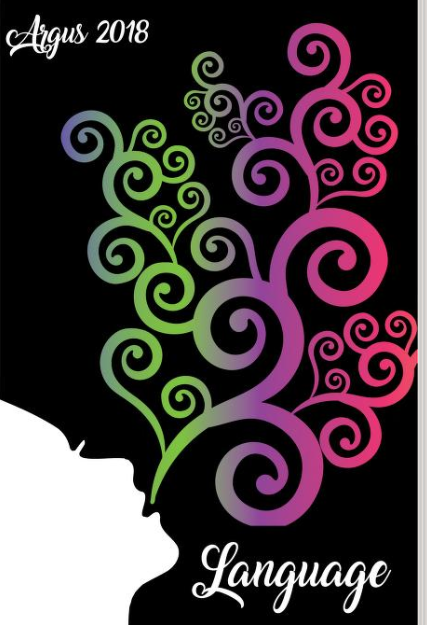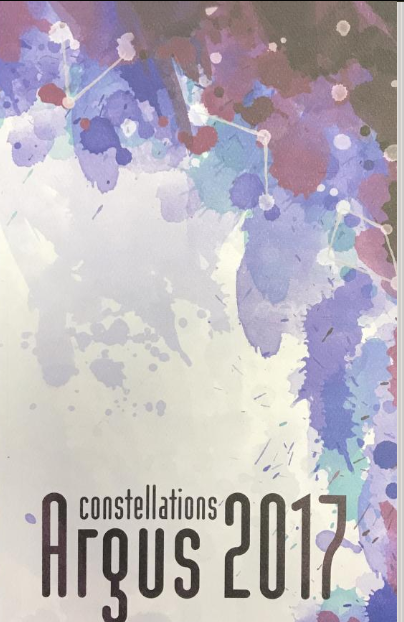Mistaking bpd and bipolar disorder for each other is harmful
It’s crucial for everyone to understand the difference between bipolar disorder and borderline personality disorder so that no one confuses the two as the same.
Before I was diagnosed with bipolar, I had heard about borderline personality disorder. And before I understood that bipolar had two types, I knew that BPD was a personality disorder separate from bipolar completely. It was on TikTok that I forgot this information, and it was on TikTok that I found this misinformation is the most harmful.
Under TikTok videos of people making content about manic and depressive episodes, bipolar and BPD are tagged right next to each other. I was confused but too lazy to question it. I even began to accept it as a fact, BPD and bipolar were, or are, close to the same thing. Then I was diagnosed with bipolar II or the less severe version of bipolar. After my diagnosis, I became more engaged with the TikTok videos about bipolar disorder, which oddly enough, put me in the realm of BPD TikTok as well. Finally, I questioned it.
Going on a classic information frenzy deep dive, I found myself knee-deep in the world of borderline personality disorder, and how it was triggered and how it showed itself and how it was treated, and finally, finally, how it was not the same as bipolar. But the thing was, bipolar and BPD are similar.
Borderline personality disorder, according to the official Mayo Clinic website, is a “mental health disorder that impacts the way you think and feels about yourself and others, causing problems functioning in everyday life. It includes self-image issues, difficulty managing emotions and behavior, and a pattern of unstable relationships.”
Note the key terms: “difficulty managing emotions and behavior.”
Bipolar disorder, according to the same website, “formerly called manic depression, is a mental health condition that causes extreme mood swings that include emotional highs (mania or hypomania) and lows (depression).”
Note our key terms from before are missing.
Now let’s combine BPD and bipolar in the same search bar. My good friend, Web MD, tells us that “they both have symptoms of impulsiveness and mood swings. But they are different disorders and have different treatments.”
Now, this is exactly what we would have assumed, but why does it matter that they are confused so often?
Well, on a personal level, I was diagnosed with bipolar II only recently, and it has been a severe learning curve because I did not anticipate the illness at all. I originally went to get tested for ADHD, which I had, but as with most people, I had a comorbid (or an attached related illness) with my ADHD, which was Bipolar. Unfortunately, because of my lack of knowledge about bipolar, I was blindsided when it came to identifying my symptoms, episodes, and other such things, as well as medication for it and how it’s supposed to work.
When I first came across the numerous TikTox confusing BPD and bipolar of the same thing, I was never the wiser. It wasn’t until I had written a previous opinion article on bipolar and its comorbid tendencies alongside ADHD that I distinguished the difference, and realized I could not refer to bipolar as BPD because they were in fact not the same.
I now understand something even more important about this misconception. I was hurt by the mistake because I was unaware of the difference and was very close to spreading misinformation about the two. Should I have referred to it as BPD, there would have been others who could have done the same thing.
BPD is triggered by other situations, people, or events. Bipolar is triggered by nothing but its own mental state. You cannot predict a bipolar episode, and that was a hard truth I had to learn. In addition to learning the differences in triggers, I found out many people are also misdiagnosed.
On the National Alliance for Mental Illness website in an article titled ‘Why Borderline Personality Disorder is Misdiagnosed’ by By Alan E. Fruzzetti, this very issue is discussed. ”BPD is one of the most commonly misdiagnosed mental health conditions.”
As for the reasons why, the article goes on a journey through the stigma, the myth that adolescents cannot have it, only women can have it, and that it is untreatable alongside the confusion of it with other illnesses.
“People with BPD typically also meet the criteria for multiple other diagnoses, including depression, anxiety, post-traumatic stress disorder, substance use disorders, eating disorders, bipolar disorder, and so on.” That is a whole list full of potentially related illnesses that can take priority of the physiatrist diagnosing the illness. If a patient checks off the list for bipolar before they are screened for anything else, the physiatrist will oftentimes stick with that diagnosis.
Overall, misdiagnosis and stigma are two major factors preventing people from distinguishing between BPD and bipolar.
The spreading of misinformation can lead to many issues both with people who may be diagnosed or questioning their diagnosis between bipolar and BPD. I for one am a prime example at this very moment.
As I did research and found information on the topic, I was fact-checking my diagnosis with bipolar II, the most commonly misdiagnosed illness for BPD. There are many others just like me who need exposure to this information to be correct and factual.
So the next time you’re on TikTok, or any social media platform, and you see misinformation of any kind being spread, make sure to take charge and fact check the comment section, respectfully.

Stephani is a Fine and Graphic Arts Major with a Film Studies Minor. Though this year will be her second year as the Illustrator for The Current Sauce,...



























